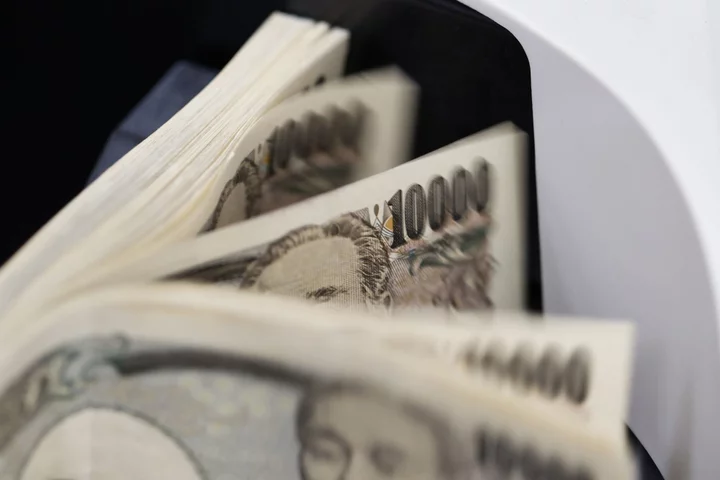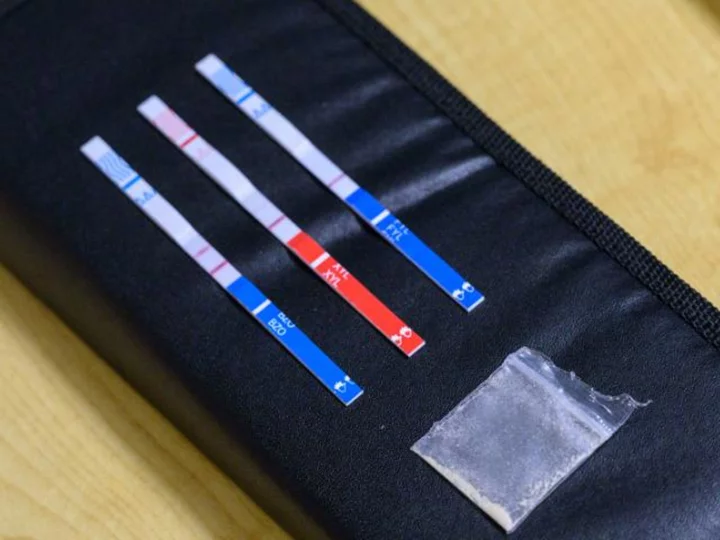The yen fell to the weakest against the euro since 2008 on Thursday, extending losses after tame US inflation data and putting traders on guard for jawboning from Japanese officials.
The currency set fresh session lows against the euro, falling as much as 0.9% to 159.21, after US consumer pricing data strengthened bets that the Federal Reserve will hold rates steady at its September meeting. The yen initially gained against the greenback following the release, only to reverse course and slip about 0.5% to around 144.40. The closely watched level of 145 per dollar is in reach if losses extend. The last time it hit that mark was at the end of June.
Japanese authorities stepped in to support the yen last year for the first time since 1998 after the currency tumbled toward 146 per dollar. That sent the currency on a rally to below 130 at the start of the year, before it resumed weakening. Japan is the only nation that maintains a negative benchmark interest rate in the world.
Read more: Yen Challenge for BOJ Persists Even After Ueda’s Rare FX Warning
“The fact that it’s breaking out now is a function of a reduction in bond volatility and event-risk out of the way until Jackson Hole, so there is a carry element to it,” said Brad Bechtel, a foreign-exchange strategist at Jefferies, refering to a gathering of monetary-policy officials later this month. He expects the yen to fall to 160 against the euro, “and then we’ll have to see.”
To be sure, a break beyond 160 for the euro against the yen could be tough to sustain. The looming prospect of intervention from Japanese policymakers will likely limit greater yen weakness, according to Kit Juckes at Societe Generale and Jay Zhao-Murray at Monex Canada.
A recent policy adjustment by the Bank of Japan, which allowed benchmark 10-year rates to move up toward 1%, has provided little support to the currency.
--With assistance from Naomi Tajitsu, Anya Andrianova and Mark Tannenbaum.
(Updates currency trading after CPI data, starting in first paragraph, and adds commentary.)









